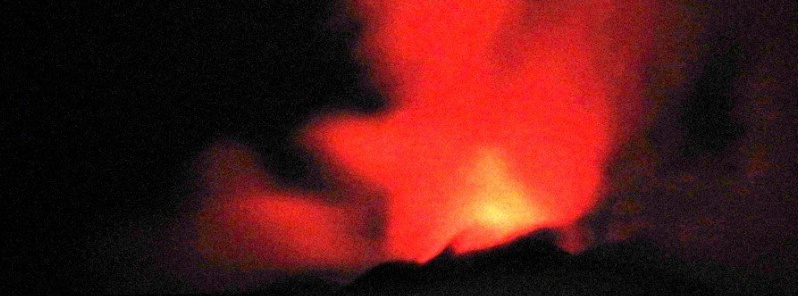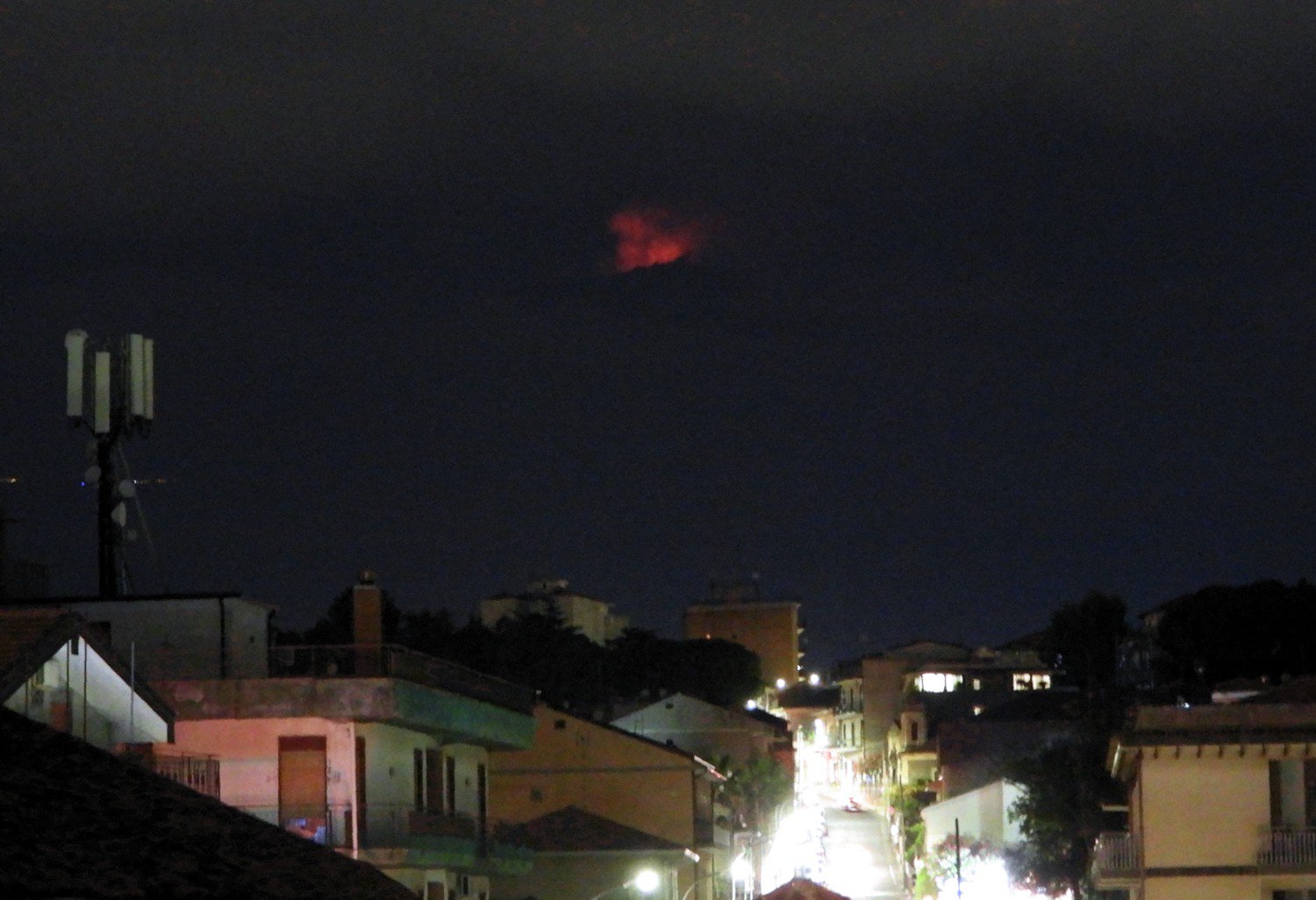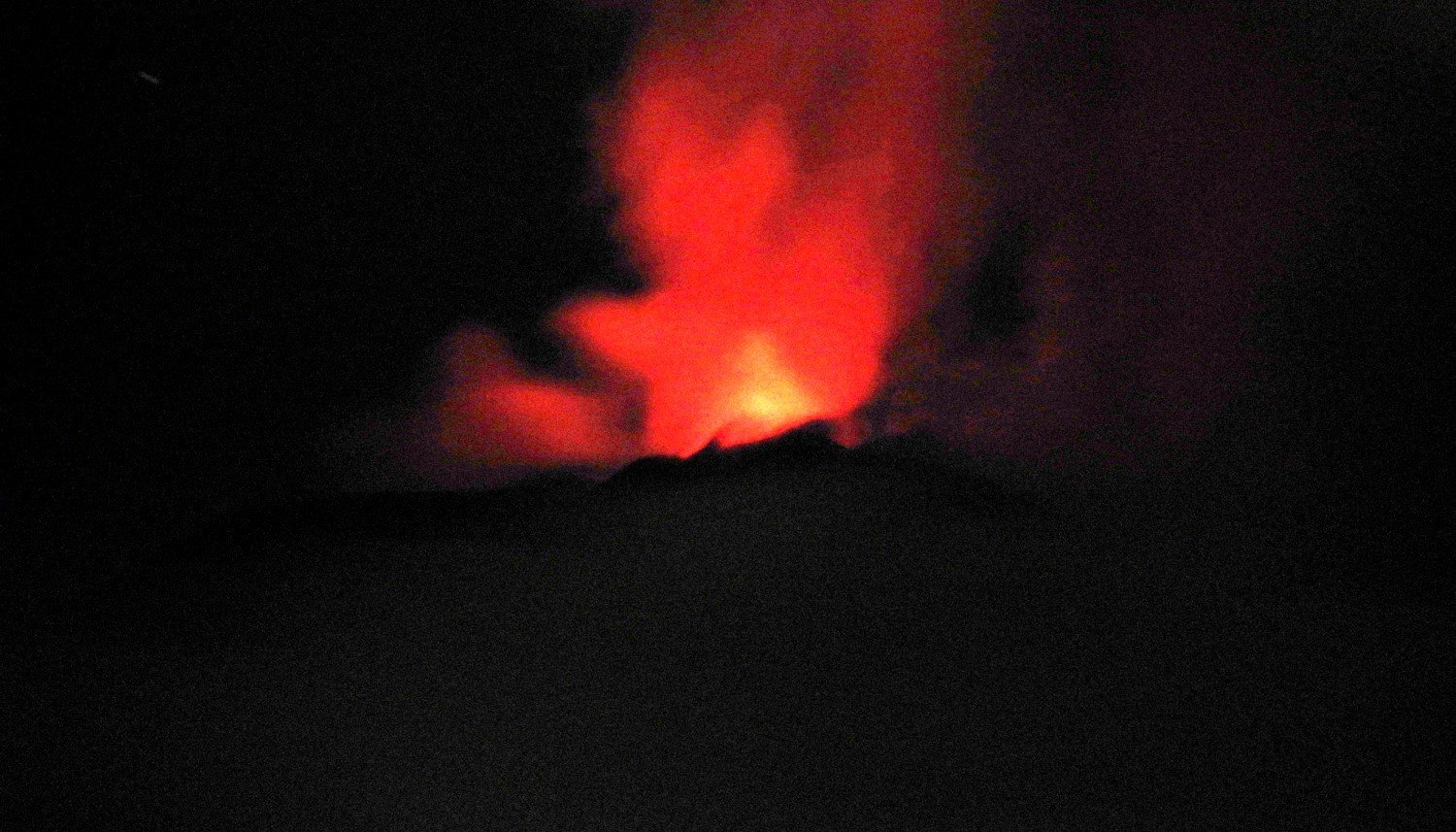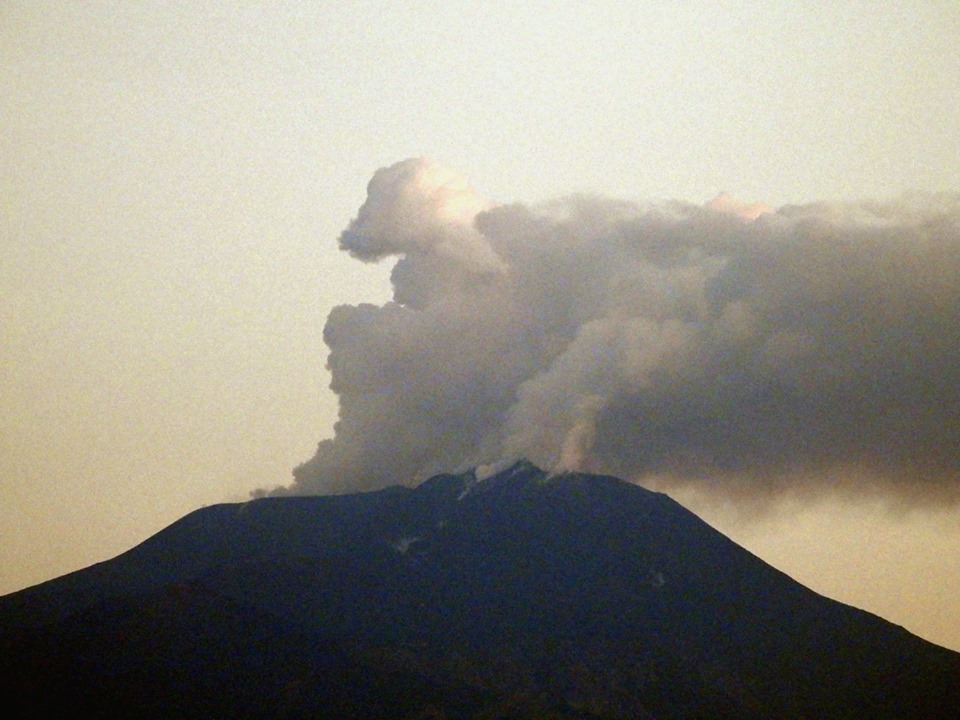Strombolian activity, high levels of volcanic tremor at Etna, Italy

Strombolian activity is still taking place at Etna's Northeast Crater, producing a diluted ash plume that disperses near the summit area, INGV reports. The volcanic tremor amplitude remains high.
After 08:50 UTC on September 9, 2019, there has been a further increase in volcanic tremors compared to what has been previously observed and reported.
The source is localized at the Northeast Crater at about 3 000 m (9 842 feet) elevation, and also the origin of infrasonic signals coincides with the same crater.
Modest variations are recorded by the clinometric network, particularly at the Punta Lucia and Pizzi Deneri stations (which are at 2 900 m / 9 514 feet and 2800 m / 9 186 feet to the NW and NE of the summit, respectively).
The tilt signal shows a "noise" typically associated with strong volcanic tremor. No significant variations are evident from GPS data.
The SO2 flux measured by the FLAME network indicates a mean daily value of 4 800 tons per day as of 15:25 UTC, placing the degassing at an average level and below the threshold of attention – 5 000 tons per day.
Infra-daily recordings have shown maximum values of up to 11 650 tons per day, corresponding to degassing at a high level.


Strombolian activity at Etna volcano on September 9, 2019. Credit: Boris Behncke, INGV
INGV reported an increasing trend of volcanic tremor on September 6.
"Since the second half of August, a slow and gradual rise of the mean amplitude has been recorded, which today, on the peripheric stations of the seismic network, has reached values comparable to those seen shortly before the December 2018 eruption, and higher than those observed before the eruptive episodes of May – July 2019," the institute said in a statement.
Read more:
- Etna's first flank eruption in more than 10 years, Aviation Color Code raised to Red, Italy (December 24, 2018)
- Etna producing large lava flows, amazing night-time show, Italy (May 31, 2019)
At the time, the volcanic tremor source has remained confined to the summit area, mainly below the Southeast Crater – New Southeast Crater system.
Inclement weather prevented observation of the activity at the summit craters with the visual and thermal surveillance cameras. However, mountain guides reported that sounds characteristic of Strombolian activity and spattering have been heard this morning at the Bocca Nuova crater.
The photo below shows conspicuous degassing from Etna's summit craters at daybreak on September 6, 2019, seen from the south.

Conspicuous degassing from Etna's summit craters at daybreak on September 6, 2019, seen from the south. Credit: INGV
Geological summary
Mount Etna, towering above Catania, Sicily's second-largest city, has one of the world's longest documented records of historical volcanism, dating back to 1500 BCE. Historical lava flows of basaltic composition cover much of the surface of this massive volcano, whose edifice is the highest and most voluminous in Italy.
The Mongibello stratovolcano, truncated by several small calderas, was constructed during the late Pleistocene and Holocene over an older shield volcano. The most prominent morphological feature of Etna is the Valle del Bove, a 5 x 10 km (5.1 x 6.2 miles) horseshoe-shaped caldera open to the east.
Two styles of eruptive activity typically occur at Etna. Persistent explosive eruptions, sometimes with minor lava emissions, take place from one or more of the three prominent summit craters, the Central Crater, NE Crater, and SE Crater (the latter formed in 1978). Flank vents, typically with higher effusion rates, are less frequently active and originate from fissures that open progressively downward from near the summit (usually accompanied by strombolian eruptions at the upper end).
Cinder cones are commonly constructed over the vents of lower-flank lava flows. Lava flows extend to the foot of the volcano on all sides and have reached the sea over a broad area on the SE flank. (GVP)
Featured image: Strombolian activity at Etna volcano on September 9, 2019. Credit: Boris Behncke, INGV

Commenting rules and guidelines
We value the thoughts and opinions of our readers and welcome healthy discussions on our website. In order to maintain a respectful and positive community, we ask that all commenters follow these rules:
We reserve the right to remove any comments that violate these rules. By commenting on our website, you agree to abide by these guidelines. Thank you for helping to create a positive and welcoming environment for all.